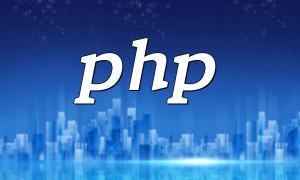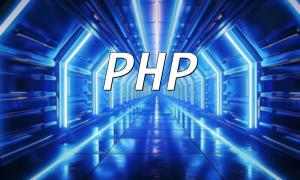Laravel is a PHP framework designed for modern web applications, making development more efficient with its elegant syntax and rich set of features. To fully harness the power of Laravel, developers must follow best practices.
Laravel emphasizes the Model-View-Controller (MVC) design pattern. By keeping code organized and maintainable, MVC ensures that the application's structure remains clear. For example, placing business logic in controllers and data manipulation in models enhances application maintainability.
In Laravel, using the Artisan command to generate models is considered best practice. For instance:
php artisan make:model PostThis will create a model class that supports Eloquent ORM, making data handling simpler.
Consistent naming conventions improve code readability. Laravel recommends using camelCase, with class names starting with a capital letter and method and variable names starting with lowercase letters.
High-quality code not only improves development efficiency but also reduces long-term maintenance costs.
It is essential to add comments to your code, especially for complex logic or algorithms. Make sure your comments are clear and concise to help other developers understand the intent of the code. For example:
// Fetch all users
$users = User::all();Laravel provides powerful testing features, allowing you to easily write unit tests with PHPUnit. Ensure you write test cases to verify the functionality of your application. Additionally, use Laravel’s exception handling mechanism to catch and manage errors.
In Laravel development, performance optimization is critical. Here are some tips for optimization:
Laravel provides various cache drivers that can speed up the application’s response time. Using caching to store database query results or compute-intensive operation results can significantly enhance application performance.
Laravel allows developers to cache route information, reducing the time spent on route parsing with each request. Use the following command to cache routes:
php artisan route:cacheWhen developing Laravel applications, adhering to SEO best practices can help increase the visibility of your website in search engines.
For better SEO, ensure your URLs are clear and descriptive. Laravel allows you to create user-friendly links with route parameters. For example:
Route::get('/posts/{post}', 'PostController@show');By compressing images and optimizing CSS and JavaScript files, you can improve the website’s loading speed, which is crucial for SEO. Using Laravel Mix simplifies the resource optimization process.
Following the best practices for Laravel PHP development will help improve code maintainability, application performance, and SEO optimization. With a well-thought-out architecture, consistent naming conventions, thorough documentation, and performance enhancements, developers can build high-quality web applications that attract both users and search engines.










